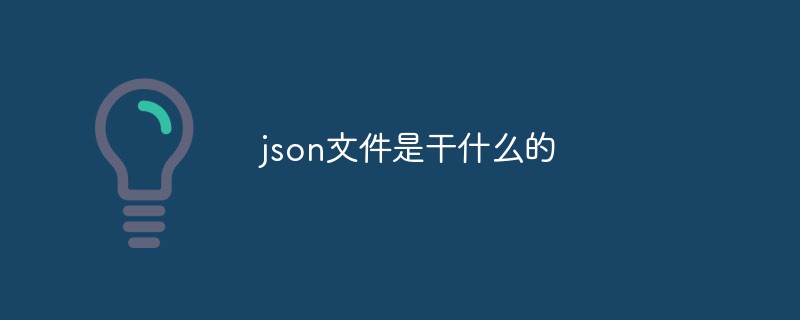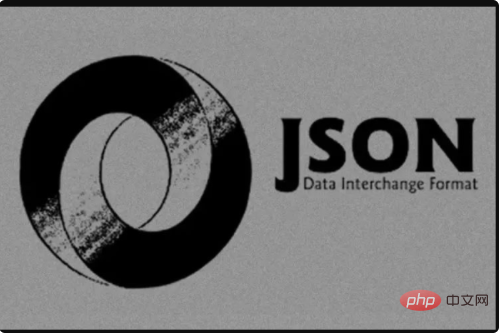json file is a lightweight data exchange format that is easy for humans to read and write. It is also easy to parse and generate by machines. JSON uses a completely language-independent text format, but also uses habits similar to the C language family.

#The operating environment of this article: Windows 7 system, Dell G3 computer.
JSON(JavaScript Object Notation) is a lightweight data exchange format. Easy for humans to read and write. It is also easy for machines to parse and generate. It is based on JavaScript Programming Language, a subset of Standard ECMA-262 3rd Edition - December 1999.
JSON adopts a completely language-independent text format, but also uses habits similar to the C language family (including C, C, C#, Java, JavaScript, Perl, Python, etc.). These properties make JSON an ideal data exchange language.
JSON is constructed from two structures. One is a collection of name/value pairs. In different languages, it is understood as an object, a record, a struct, a dictionary, a hash table, a keyed list, or an associative array. array).
The second is an ordered list of values (An ordered list of values). In most languages, it is understood as an array.

Extended information:
JSON brief history
JSON (JavaScript Object Notation) is a lightweight level data exchange format. Easy for humans to read and write. It is also easy for machines to parse and generate. It is based on JavaScript Programming Language, a subset of Standard ECMA-262 3rd Edition - December 1999.
JSON is a data format that Douglas Crockford began to promote in 2001. It officially became a mainstream data format from 2005 to 2006. It was at that time that Yahoo and Google began to use the JSON format extensively.
Related free recommendations: Programming video course
The above is the detailed content of What is the json file for?. For more information, please follow other related articles on the PHP Chinese website!